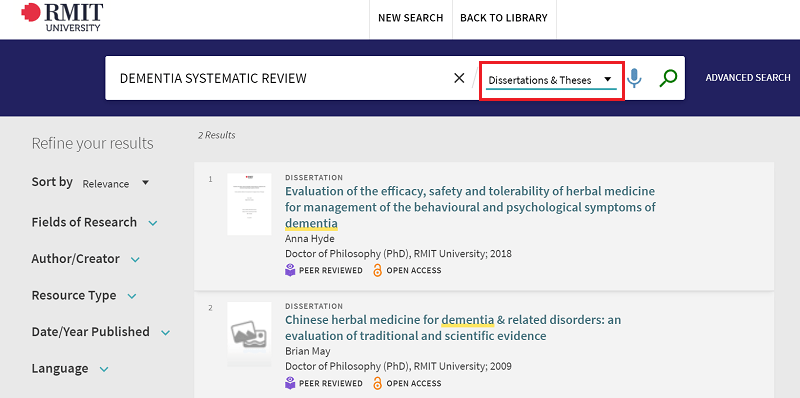Reporting the findings

While the writing process for a systematic review is generally like writing any other kind of review, there are several aspects to note.
In writing the systematic review you should provide an answer to the research question.
Careful documentation of the methodology is important as it should outline the search process and the selection process. A reader should understand why sources were chosen, how they were assessed, and how conclusions were reached.
The structure of the systematic review will differ from the traditional (or narrative) literature review as it should reflect the stages outlined in the protocol. Refer to the 27 item PRISMA checklist to see what should be addressed in the protocol.
The value of a systematic review is the critical reflection and interpretation of the findings.
Reporting the findings of the systematic review will differ slightly if it is to be presented as part of a thesis, or as a manuscript for publication.
Examples
The following examples are available from the RMIT Research Repository.
Dissertation / Thesis
Articles
Activity
To see how a systematic review is written check out examples of published papers and/or completed theses.
- Find a systematic review by searching a database and examine how the review has been written. For example, search the PubMed database on your topic and filter results by ‘article type’ selecting ‘systematic reviews.’
- Find a systematic review paper by searching with the words ‘systematic review’ in the RMIT Research Repository. Consider adding an additional topic word.
- HDR candidates may like to ask their supervisor if they can recommend a completed thesis that includes a systematic review.
The following image shows how to search the Research Repository for a thesis with a systematic review if an author’s name is unknown. In the search box include a topic along with the words ‘systematic review’ and select ‘Dissertations & Theses’ from the drop-down menu.


